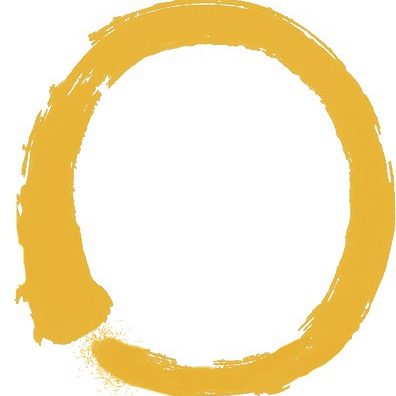A. Buddhism has similar metaphors. Buddha said, “Those who want to see me through my voice and body won’t see me.” He also said, “Kill me when you meet me if you do want to see me.”
According to the Gospel of Thomas, Jesus once said, “When you see one who was not born of woman, prostrate yourselves on your faces and worship him. That one is your father.” Who is one who was not born of woman? He is not one who is doomed to birth and death. You should know him. ‘Christ died on the cross to save us from our sins’ means that he died on the cross in public in order to teach people that his physical body was not him and tell them not to be deluded by the illusion of his body. If you cling to the idea that the young crucified person is Jesus, you are being deluded by an illusion. In other words, you can see the true Jesus when you are free from the illusion of Jesus.

Student: “Why did Jesus die on the cross, saying that his father was almighty?”
Master: “Don’t insult him. He didn’t die but gave his teaching.”
©Boo Ahm
All writing ©Boo Ahm. All images ©Simon Hathaway



















